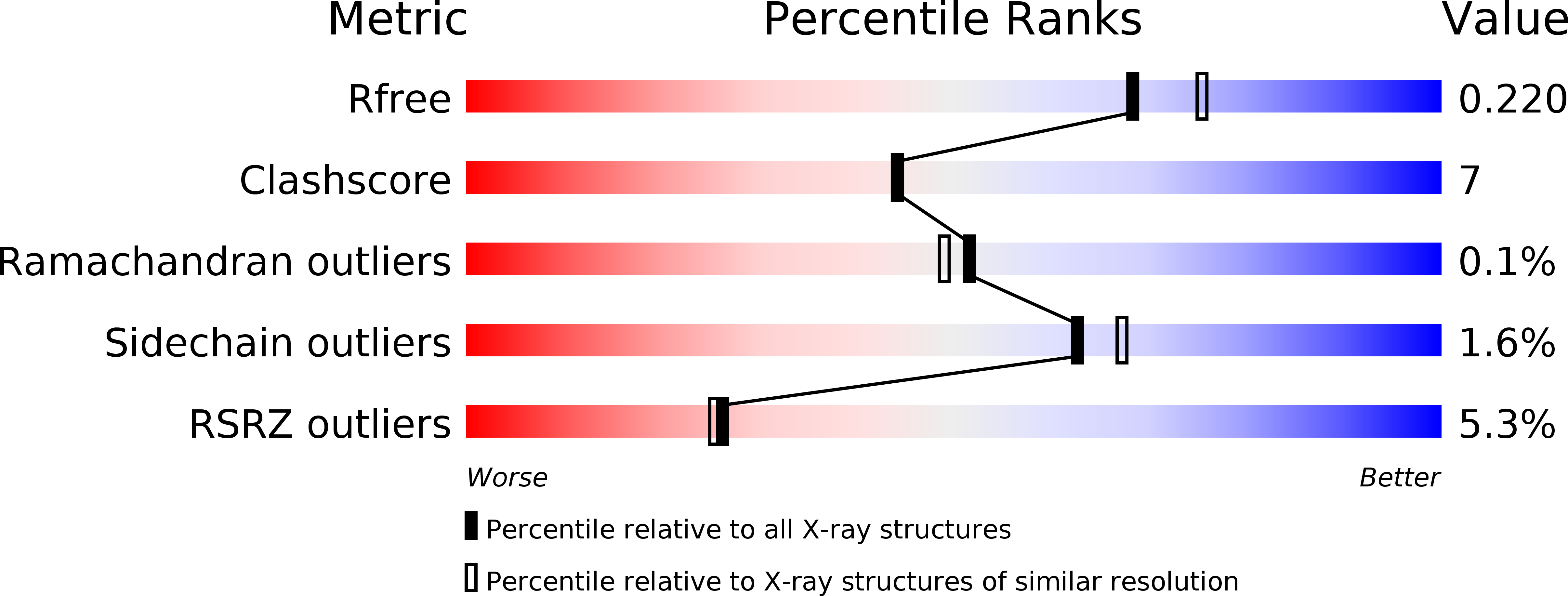
Deposition Date
2009-08-28
Release Date
2009-11-17
Last Version Date
2024-11-06
Entry Detail
PDB ID:
3ITE
Keywords:
Title:
The third adenylation domain of the fungal SidN non-ribosomal peptide synthetase
Biological Source:
Source Organism:
Neotyphodium lolii (Taxon ID: 73839)
Host Organism:
Method Details:
Experimental Method:
Resolution:
2.00 Å
R-Value Free:
0.22
R-Value Work:
0.19
R-Value Observed:
0.19
Space Group:
P 1


